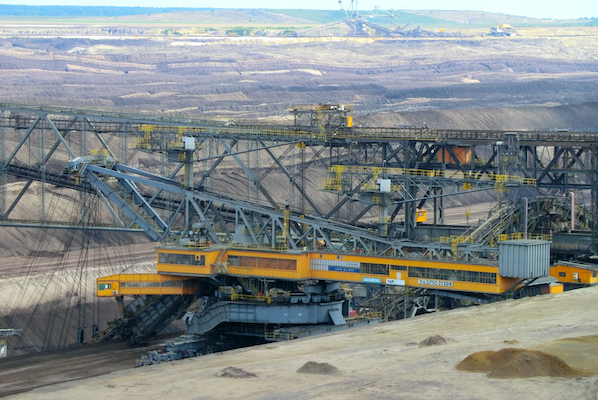A revolution wouldn’t be a big deal if it didn’t have long, far-reaching effects. The American Revolution was not only the birth of a superpower, but it signaled the beginning of the downfall of the previous superpower, the British Empire. Revolutions in France, Russia, and China upended the balance of power and systems of government for generations to come, with kings, czars, and emperors falling. Though not precipitated by violence and blood spill, the ripples of the Industrial Revolution were felt worldwide for decades to come. And it all started with power looms, cotton gins, and water and steam power greatly multiplying the output of workers and transforming the production of goods from handmade to manufactured. Later came electrical grids, steel, and assembly lines to upend the world across industries, from transportation to communications to business management. A third Industrial Revolution would shake up the world again, this time introducing the internet, home computing, and mobile phones, which as we know today has changed the human experience profoundly.
This brings us to the fourth Industrial Revolution (also known as Industry 4.0), which has pushed the technologies founded in the previous era toward advanced automations and smart technologies. We talk a lot in this space about the effect of smart manufacturing in the “farm-to-fork” model and how transformational intelligence, contextualized data, and advanced material traceability has supercharged yields, virtually eliminated recalls, and saved companies tens of millions of dollars in operational savings. But this particular revolution has far-reaching effects beyond that of the food & beverage and pharmaceutical worlds. These same technological breakthroughs can be applied to mineral manufacturing with great effect.
![]()






